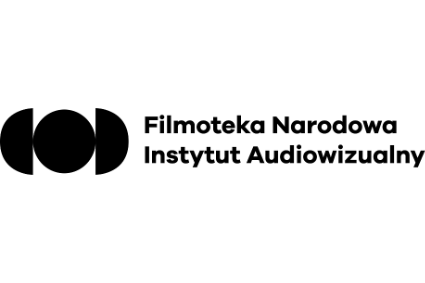
Piotr Kamler’s retrospective and Polish animation classics at Timeless Film Festival Warsaw
At the inaugural edition of the festival, viewers will have the opportunity to immerse themselves in timeless animations, encompassing both lesser-known original works from France and restored classics integral to the Polish canon.
The Piotr Kamler: Animated Time section will feature 11 films by one of contemporary experimental cinema’s most significant figures, renowned for his cult animation Chronopolis. Completed in 1982, Chronopolis presents a mysterious vision of a city, simultaneously futuristic and associated with antiquity. Governed by its own laws, it unveils Kamler’s fascination with the creation of worlds, shape-shifting, and the problem of duration and transience. The artist himself introduces his film as follows:
The majestic inhabitants of the city of Chronopolis are busy creating time, which they send out into the universe in the form of fleeting moments. Seemingly calm and motionless, they anxiously await the birth of the Moment of Happiness that is supposed to free and revive them. But this can only happen if a human being appears near Chronopolis.

Kamler’s enigmatic style and affinity for abstraction have yielded an endlessly captivating, visually intricate, and thematically expansive masterpiece that transports audiences into a realm beyond human laws and dynamics. This characteristic essence of Kamler’s work permeates the other 10 films we will feature at Timeless. During his time in Paris from 1959 to 1986, Kamler made various short films, including The Hole (Le Trou, France 1968) and Steps (Le Pas, France 1975) – miniatures that make use of rhythm, changes in shapes and colors, in which geometric imagination is complemented by existential contemplation. His inclination for experimenting with geometrical figures, their metamorphoses, and boundless replication is also evident in one of his latest films, Perpetuum Mobile (2015), produced in Poland using computer technology. The director himself describes it as “A playful wandering of a small green square among mirrors.”

Inspired by musique concrète and using works by leading composers of the movement (including Luc Ferrari and Bernard Parmegiani), Piotr Kamler’s distinctive films are akin to the works of a sculptor molding unique forms from raw material. This aspect of his creativity is extremely important to Kamler. Therefore, on behalf of the artist, we extend an invitation to a permanent exhibition of his sculptures, which complement his film work. Located at the Józef Kamler Film and Sculpture Mini-gallery in Warsaw’s Mokotów district, visits can be arranged in advance by contacting the artist directly at +48 665 288 710.
Piotr Kamler will be a guest of Timeless and will meet with the audience on April 13 after the showings at Iluzjon Cinema.
In addition to the retrospective of the author of Chronopolis, Timeless presents two sets of Polish animation classics. Marcin Giżycki’s Top Ten and Jerzy Armata’s Top Ten are a complementary selection of twenty exceptional short films made by such masters of the genre as Jan Lenica, Witold Giersz, Piotr Dumała, Daniel Szczechura, Julian Józef Antonisz, and Jerzy Kucia. Curator Jerzy Armata sheds light on the purpose behind this review and pays tribute to the late Marcin Giżycki:
On the occasion of the 55th anniversary of Polish animation, celebrated in 2004, Marcin presented a selection of his “Ten Films That Shook the World.” Now, twenty years after that event, marking the 75th anniversary of domestic animation, Roman Gutek, director of Timeless Film Festival Warsaw, proposed revisiting that list and creating my own. I embraced the opportunity with great joy, but when I sat down to compile my “Ten Films That…”, it became evident that it shared an 80 percent overlap with Marcin’s selections. We shared a film-music friendship, but also similar taste. In this situation, I crafted “Jerzy Armata’s Top Ten,” which probably would have been, for the most part, Marcin’s “Second Top Ten.”
Almost all films featured in the Shortly: Polish Animations section are presented in digitally restored versions.
The review’s partners are the National Film Archive – Audiovisual Institute (FINA) and the Documentary and Feature Film Studio (WFDiF).
partner of the section

partner of the section
